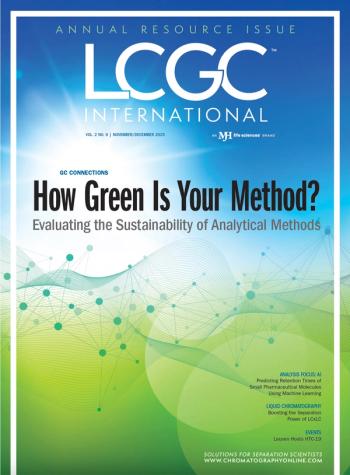
Thermo Fisher Scientific Proteomics Facility for Disease Target Discovery Opens at Gladstone Institutes
The Thermo Fisher Scientific Proteomics Facility for Disease Target Discovery opened at the Gladstone Institutes (San Francisco, California) on June 24, as part of a collaboration between Thermo Fisher (San Jose, California), Gladstone, the University of California, San Francisco (UCSF), and QB3 (San Francisco, California), to accelerate targeted proteomics research using advanced mass spectrometry techniques.
The facility is directed by Nevan J. Krogan, PhD, a senior investigator at the Gladstone Institutes, a professor of cellular and molecular pharmacology at UCSF, and director of the UCSF division of the life science research institute and startup accelerator QB3. The facility will provide scientists from Gladstone, UCSF, and QB3 with state-of-the-art mass spectrometry technologies to characterize protein dynamics in complex biological systems. The technologies will enable scientists to acquire knowledge about the interactions between genes and the proteins they produce, and help facilitate solutions to unanswered biomedical problems.
Among the various approaches available in the facility are the creation of high-resolution protein-protein interaction maps and advanced protein characterization, genome-directed proteomic screening and selection, and ultra-sensitive, quantitative analysis of protein abundance and post-translational modifications.
In addition to enabling innovative research, the Thermo Fisher facility will be a focal point for promoting biological applications of mass spectrometry by hosting an invited lecture series, discussion groups, workshops, and trainings.
Newsletter
Join the global community of analytical scientists who trust LCGC for insights on the latest techniques, trends, and expert solutions in chromatography.



